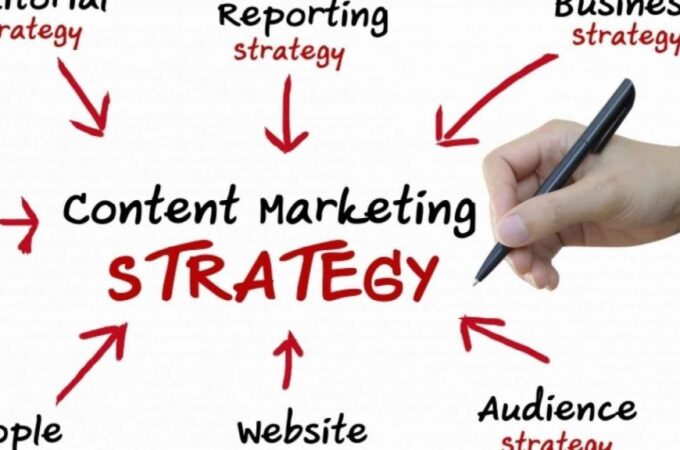
The Ultimate Guide to Understand Pay-Per-Click Marketing
It’s easy for a company to slide in and say they’ve got the next hot advertising trick for you to make millions. More often than not, however, it’s how you end up with a line of sentient antique hypnosis paraphernalia and a hole in your budget the size of Madagascar.
Are we exaggerating a little? Sure. But it’s worth your time to invest in an advertising technique that works and doesn’t burn a hole in your savings.
So what do you do?
Well, ponder no longer! We’re here to give you the guide to the best PPC advertising strategies there are! Enough talk, let’s do this.
Why Use PPC?

We can tell you all day long to use PPC, but that doesn’t mean anything if you don’t think it will help you. One of the advantages of using pay per click for small business is that it lets you target specific audiences for your product or brand while boosting your brand awareness.
You can target your ads towards specific devices or use keywords to boost the ad’s presence on search engines for specific searches. You can make your ads appear more on web searches where the computer is registered from a specific geographical location and time to boot (i.e., make your ads appear more to New York computers).
PPC boosts sales, increases brand recognition, and plays nice with other marketing campaigns you have alongside it. What’s not to love?
The Best PPC Advertising Strategies
The first big strategy for PPC advertising is to know exactly how much money you have to spend on your ads. PPC gets expensive if you want to stay competitive, and you’ll end up with a financial hole if you don’t keep track of what you’re spending.
PPC is an auction-based system, meaning you have to put in an amount you’re going to give your PPC “provider” every time someone clicks. A good rule of thumb for products or things with set prices is to set an auction price where you’ll still be in the green even if only 25 percent of clickers buy the product.
After you have a budget, do research into the type of audience you’re trying to reach with your brand. Once you have all the parameters (time, location, age, etc.) for your desired audience, compare your budget with the cost per acquisition. If it’s costing more to convert a clicker to a customer than it is to put the ads out, something has to shift.
Finally, make sure to keep constant track of the progress of your PPC ads. One of the great things about these kinds of ads is how easily you can see the data on how they’re doing, from where they are positioned on a search page to how many clicks they get a day. Failing to keep up with this will lead you to spend more money than you mean to into your campaign.

Time to Get Clicking
You now know the best PPC advertising strategies and even why PPC is a good fit for your business. So what’s next? Get out there and storm those search engines with ads!
For more on the hottest new trends in the advertising world, check out some of the other posts on our blog.




